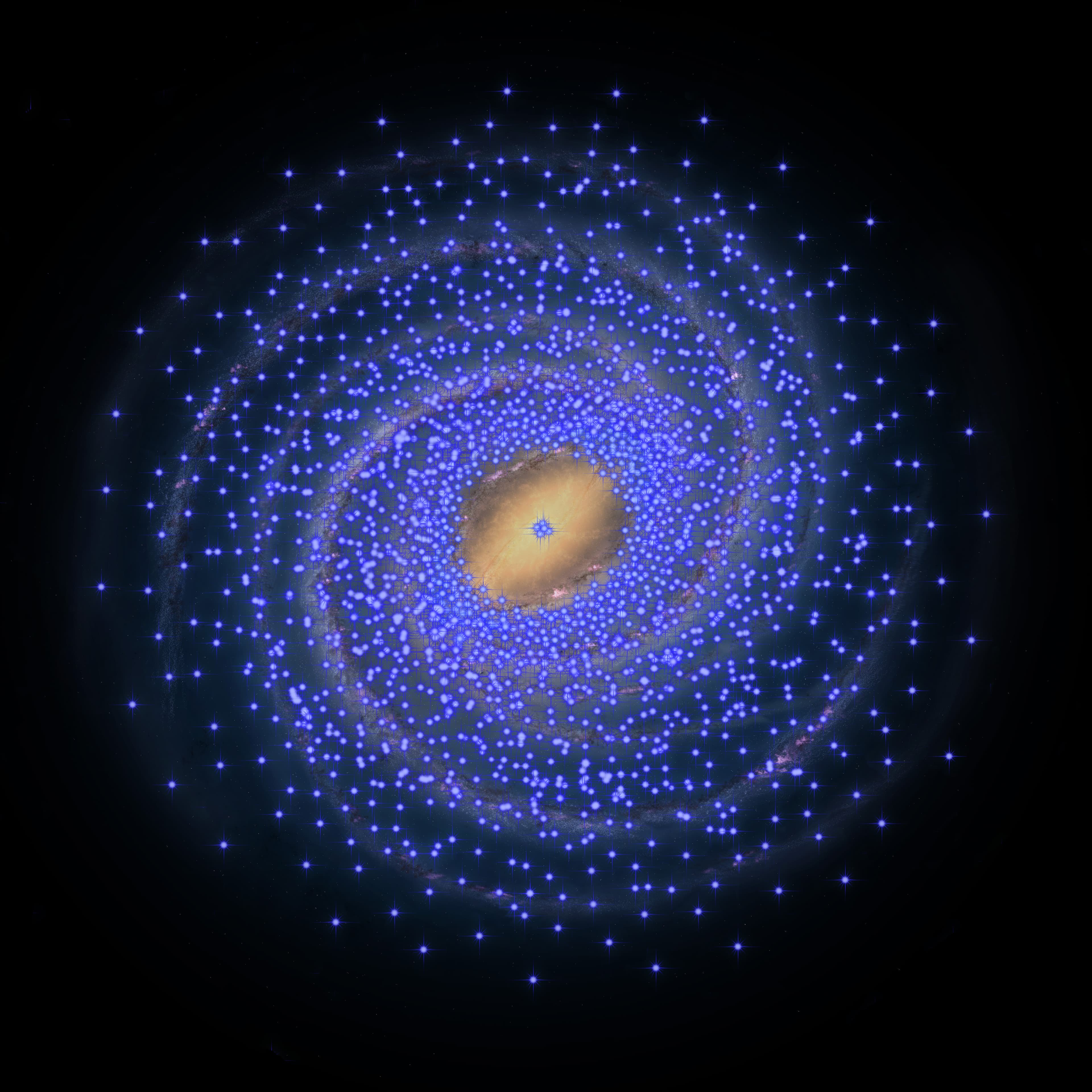According to a new study, a major revision of the Milky Way is necessary. A team of Japanese, South African and Italian astronomers has discovered a large region of our galaxy which lacks any young stars.
In a research, published in the Monthly Notices of the Royal Astronomical Society, the researchers looked for a specific class of stars called Cepheid variables, and didn’t found any in the inner galactic disk, up to 8,000 light years from the core.
These stars are very important in astronomy. They are fairly young, between 10 and 300 million years old, and they pulsate. Their pulsation is directly linked to their luminosity, so by measuring this pulsation and their apparent brightness, astronomers can calculate their luminosity and then their distance.
“We already found some time ago that there are Cepheids in the central heart of our Milky Way (in a region about 150 light-years in radius),” said lead author Noriyuki Matsunaga in a statement.
“Now we find that outside this there is a huge Cepheid desert extending out to 8,000 light-years from the centre.”
The discovery of a small number of Cepheids at the very core of our galaxies led some other groups of scientists to suggested a smooth distribution of young stars, increasing in number getting closer to the center. But the discovery of this deserted region shows that this is not the case.
The researchers also mentioned that there’s not only a lack of young stars, but there’s also a lack of star forming regions which has been observed by radio astronomers.
“The current results indicate that there has been no significant star formation in this large region over hundreds of millions of years. The movement and the chemical composition of the new Cepheids are helping us to better understand the formation and evolution of the Milky Way.”

Distribution of Cepheid Variable stars around the Milky Way. Credit: University of Tokyo.